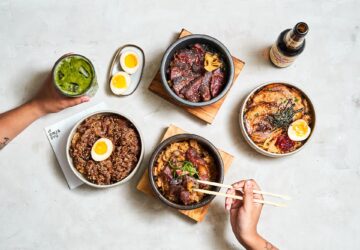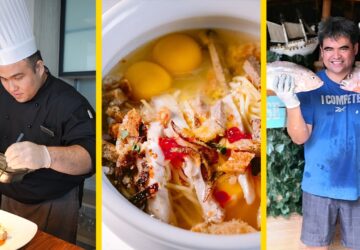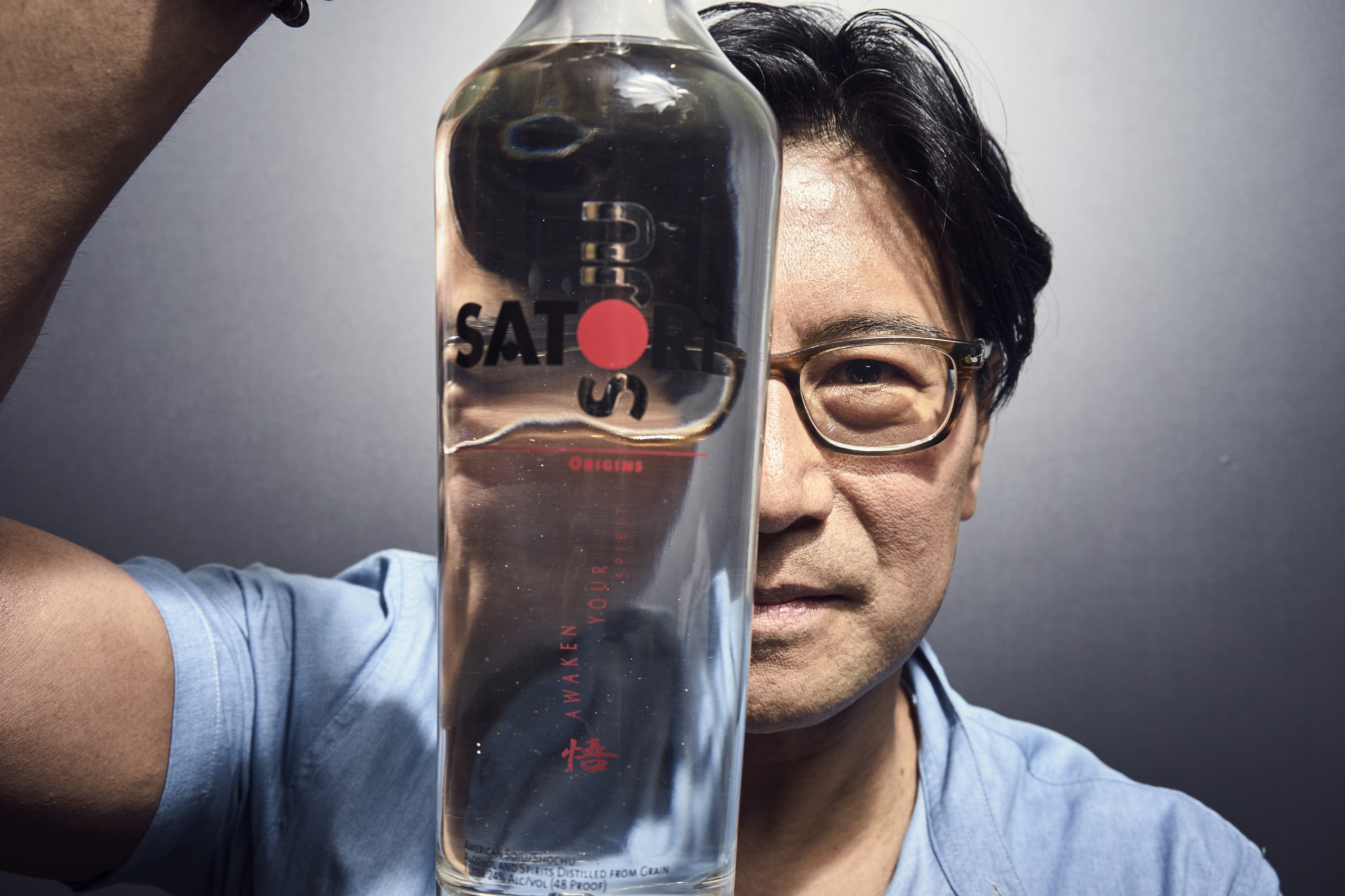Five years ago, it used to be that good ol’ buckets of beer were the main culprit behind hangovers brought by drunken nights out. These days, sophistication is creeping into the Philippine drinking scene as consumers keenly explore and expand their spirit choices.
Daniel Regidor, founder and CEO of Satori Brands, Inc., says this is a direct result of two things: economic expansion and travel. “As per capita growth continues, consumers tend to shift from value brands to aspirational and premium brands in all adult beverage categories. The cocktail culture has become much more sophisticated under the same premise,” he says.
Among such influences has been South Korea’s Hallyu (Korean wave), which brought about avid consumption of everything Korean from K-pop and K-drama to Korean food, fashion, and cosmetics. Inevitably, this trickled down to the local drinking scene with Korean liquor soju—a distilled, vodka-like spirit traditionally made with rice, barley or wheat—having its moment among Filipino drinkers.
“Ultimately, we want to contribute to the international recognition of these remarkable grains and spark growth for the Philippine heirloom rice market, thus improving the economic conditions of indigenous rice farmers and encouraging sustainable cultivation of heirloom rice as a more rewarding livelihood,” Daniel Regidor says.
Regidor is bullish about soju consumption in the Philippines. “It’s already having an impact in Manila—a direct result of Korean pop culture’s popularity. Economic growth and the melding of cultures bode well for soju. I was pleasantly surprised to see some traction with Japanese shochu as well, which points to Filipino culture already trading up to more crafted versions of the spirit category,” he says.
Spot the difference
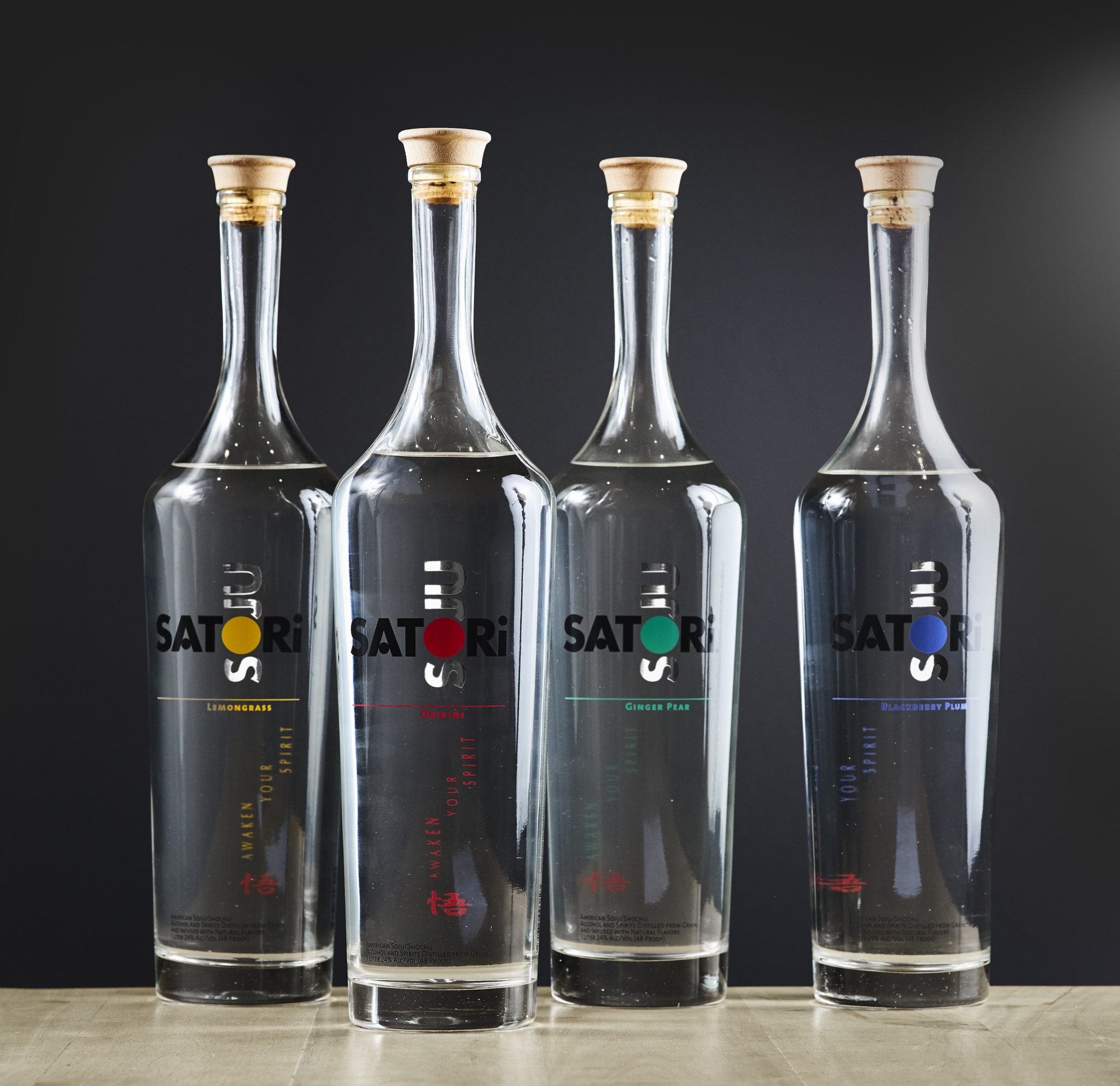
Asian spirits like soju, shochu, and sake are on the rise as Filipino consumers look across borders for their alcoholic hit. However, unlike well-entrenched liquor brands from the West, consumers may not be as well-versed when it comes to those produced by their neighboring peers.
Uninitiated drinkers, for one, tend to confuse Korean soju with Japanese shochu and sake. Soju and shochu, more than sharing similar pronunciation, are both distilled spirits while sake has more in common with beer as it employs fermentation. The latter is made with steeped grain, brewed, and fermented twice: first, with yeast, and then with koji mold.
More than leveraging an opportunity, Regidor’s motives are driven by the desire to shine the spotlight on Philippine heritage. “My father grew up tending rice fields with my grandfather in Ilocos Norte, so connecting to our heritage is deeply meaningful for me,” says Regidor.
Traditionally, rice is a common denominator among the three, but such is not always the case these days. Modern soju, the one often seen paired with samgyeopsal and kimchi-based stews in Korean restaurants, is often made from diluted ethanol produced from sweet potatoes.
This is largely due to a 1965 government ban on using rice to brew soju due to a rice shortage. Distillers now employ the use of other grains and starches like wheat, sweet potatoes, and even tapioca, which results in a variety in aroma and flavor. Sharing similarly low ABV (25 to 30 percent) as soju, Japanese shochu is often made from sweet potato, barley, wheat, sugar cane, sesame or rice. Top quality shochu is single-distilled.
Satori: Korean soju with a Filipino spin?
Whereas such Asian adult beverages as soju and shochu are only just gaining traction in the Philippines, these spirits have been around for centuries in Korea and Japan, voraciously consumed in both countries. Regidor informs that, in fact, “Soju outsells beer in Korea, and shochu outsells sake in Japan. The soju/shochu category is [now] remarkably the most consumed spirit category in the world, outselling all other spirits.”
A former Wall Street analyst, bond trader, and portfolio manager, Regidor aims to do for soju/shochu what Grey Goose and Casa Amigos have done for vodka and tequila. “The evolution of these billion-dollar brands are examples of how a once working-class spirit can break through into something extraordinary,” he says.
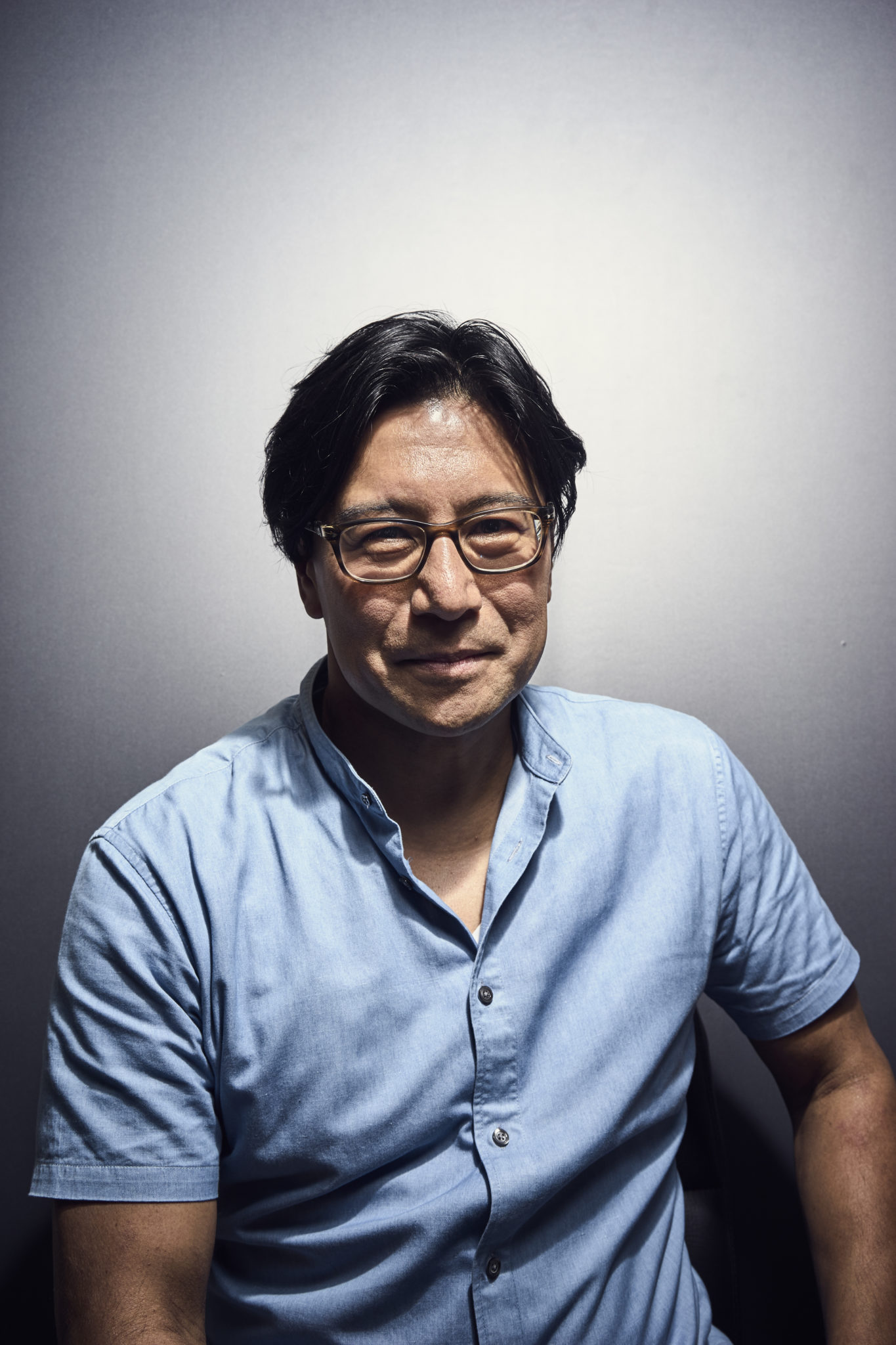
Recognizing a lack of “premium inspiration” for the soju/shochu category, Regidor created Satori Brands with the intention of filling that gap. And he does so by concurrently paying homage to his home country: Satori Brands crafts the world’s only soju/shochu with organic non-GMO Philippine heirloom rice from the Cordilleras. “The rare genetics innate to the Cordilleras’ centuries-old rice terraces and the ancestral cultivation methods used to this day play a key role in preserving their heirloom DNA,” says Regidor.
Crafted with more artisanal style as Japanese shochu, Satori’s PhD distiller, who holds multiple patents in biochemistry and molecular biology, “developed proprietary methods that complement and coax the grains’ aromatics and flavor, all of which are reflected in Satori’s product line—establishing groundbreaking standards for ultra-premium soju/shochu.” The best way to enjoy the drink? “Chilled or with a large scotch cube,” says Regidor, “so it slowly melts without watering down the spirit too fast. That way you enjoy more of the robust flavors.”
Satori Brands crafts the world’s only soju/shochu with organic non-GMO Philippine heirloom rice from the Cordilleras.
More than leveraging an opportunity, Regidor’s motives are driven by the desire to shine the spotlight on Philippine heritage. “My father grew up tending rice fields with my grandfather in Ilocos Norte, so connecting to our heritage is deeply meaningful for me,” says Regidor.
Heritage, he says, fuels his drive to not only create exceptional products but to help contribute to the international recognition of the Philippine heirloom rice market. Satori currently collaborates with the Philippine Rice Research Institute and intends to work with the Department of Science and Technology to further not only the proprietary production of the alcohol but also in exploring the commercialization of its byproducts, which may be used as ingredients of nutritional supplements, pharmaceutical products, and even cosmetics.
“Ultimately, we want to contribute to the international recognition of these remarkable grains and spark growth for the Philippine heirloom rice market, thus improving the economic conditions of indigenous rice farmers and encouraging sustainable cultivation of heirloom rice as a more rewarding livelihood,” he says.
Originally published in F&B Report Vol. 15 No. 6


